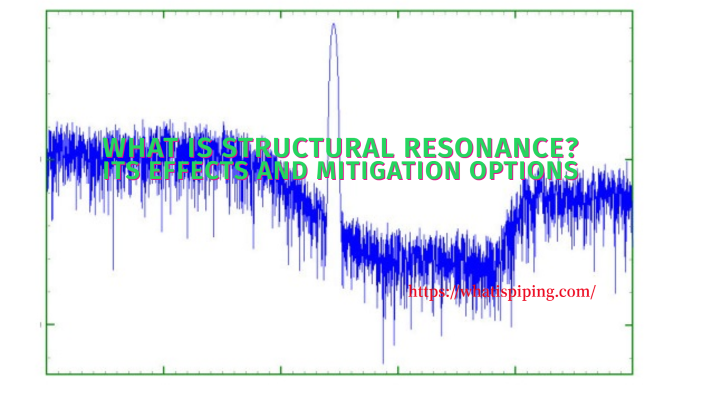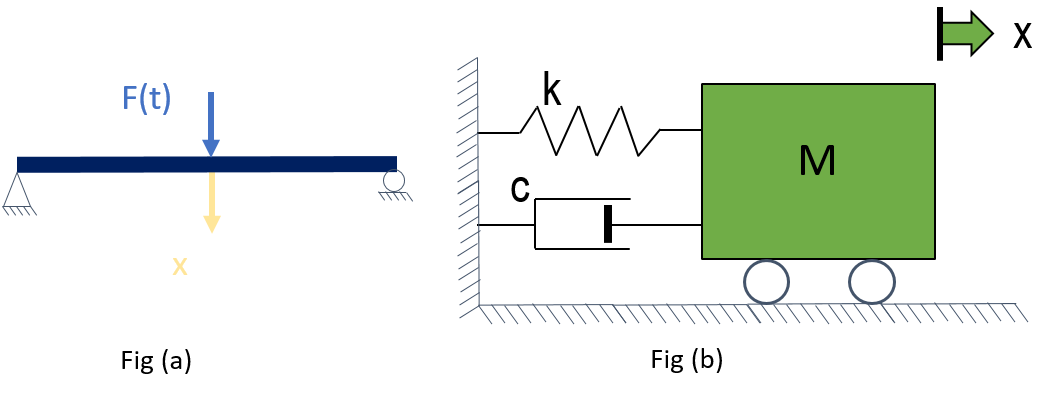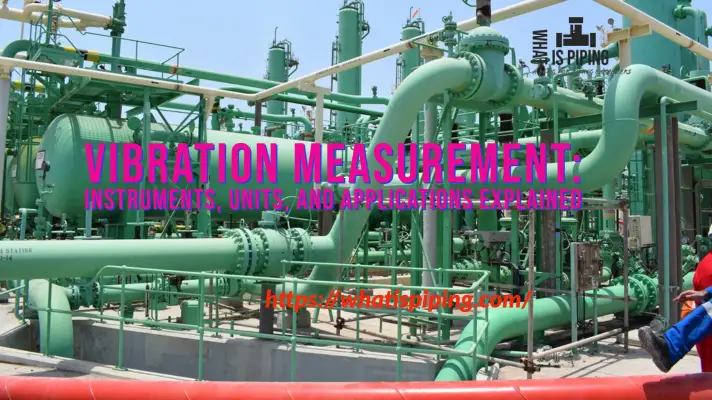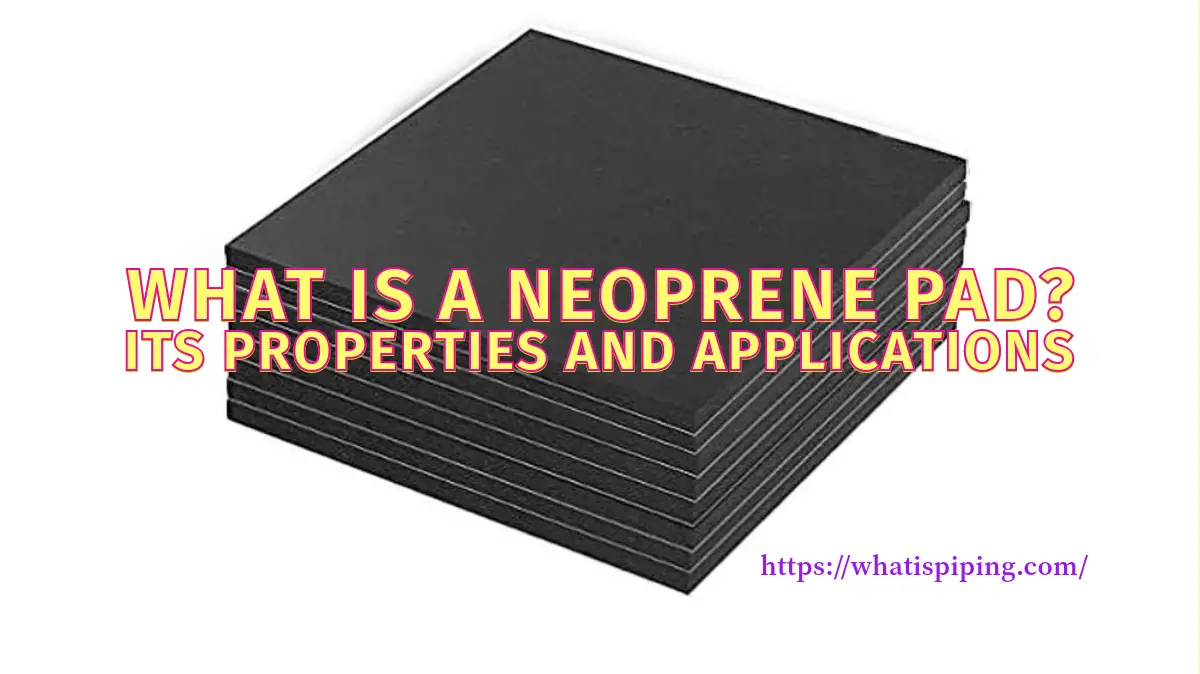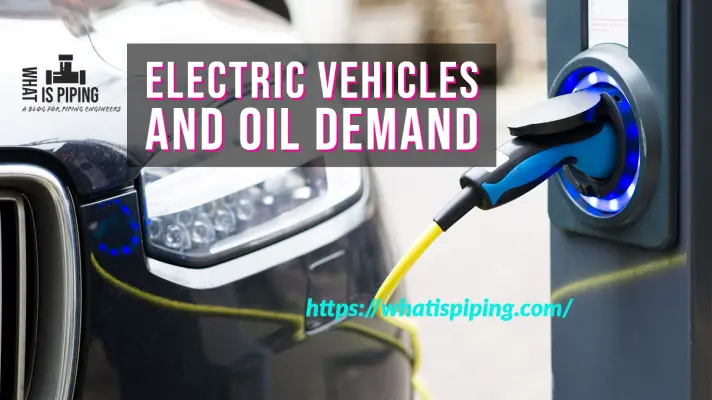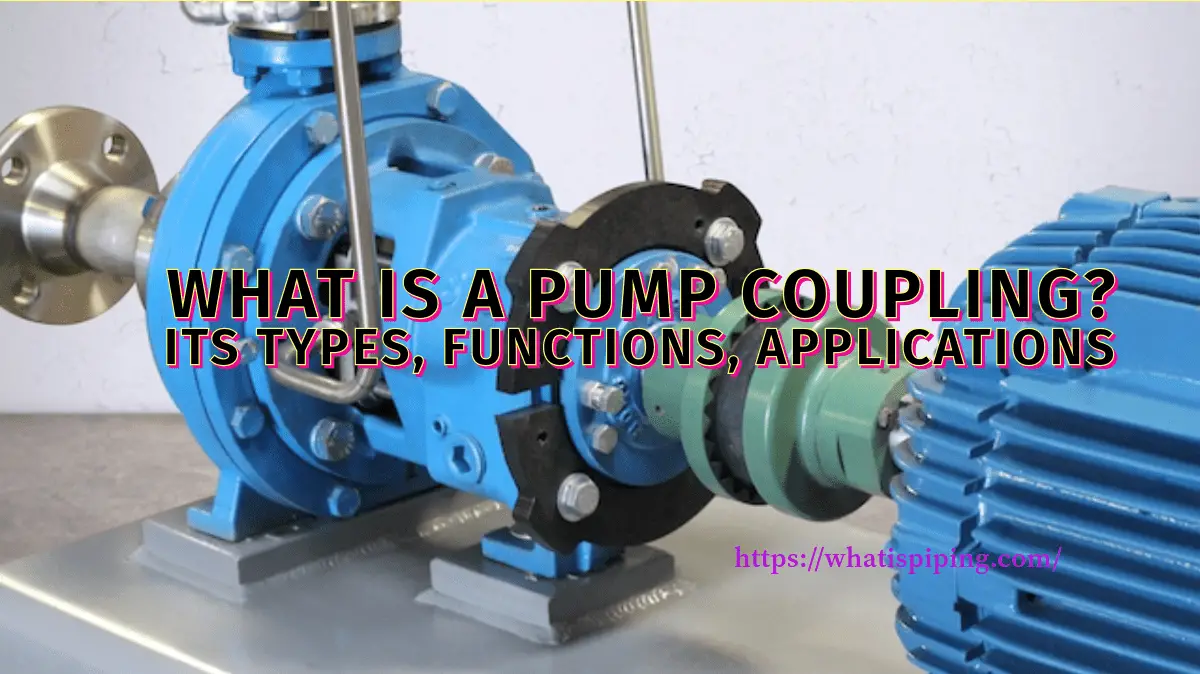Vibration is a common problem in many mechanical systems, including machinery, vehicles, and buildings. Vibrations can cause excessive noise, wear and tear on mechanical components, and even failure of the system. One way to control vibration is through the use of a vibration absorber. In this article, we will discuss what a vibration absorber is, how it works, and its various applications.
What is a Vibration Absorber?
A vibration absorber is a device designed to reduce the amplitude of vibrations in a mechanical system. It consists of a mass-spring system that is tuned to a specific frequency. When the system vibrates at this frequency, the vibration absorber absorbs the energy and reduces the amplitude of the vibrations.
The mass-spring system of a vibration absorber typically consists of a mass, which is the component that moves in response to the vibration, and a spring, which provides the restoring force that opposes the motion of the mass. The spring can be a mechanical spring, such as a coil spring, or it can be a non-mechanical spring, such as a pneumatic or hydraulic spring.
How Does a Vibration Absorber Work?
The basic principle behind a vibration absorber is the phenomenon of resonance. Resonance occurs when the frequency of the vibration is equal to the natural frequency of the mass-spring system. At resonance, the amplitude of the vibration can be very high, which can cause damage to the mechanical system.
The vibration absorber is designed to reduce the amplitude of the vibration by introducing an out-of-phase vibration that cancels out the original vibration. This is accomplished by tuning the natural frequency of the mass-spring system to be slightly lower than the frequency of the vibration. When the vibration absorber is activated, it introduces an out-of-phase vibration that cancels out the original vibration, reducing the amplitude of the vibration.
Applications of Vibration Absorbers
Vibration absorbers are used in a wide range of mechanical systems to control vibration and reduce the risk of damage or failure. Some common applications of vibration absorbers include:
- Machinery: Vibration absorbers are commonly used in machinery to reduce vibration and noise. They are often used in engines, pumps, compressors, and other rotating equipment.
- Vehicles: Vibration absorbers are used in vehicles to improve ride comfort and reduce the risk of damage to the vehicle. They are commonly used in cars, trucks, buses, and trains.
- Buildings: Vibration absorbers are used in buildings to reduce the risk of damage from seismic activity, wind, or other sources of vibration. They are often used in tall buildings, bridges, and other structures.
- Aerospace: Vibration absorbers are used in aerospace applications to reduce the vibration and noise generated by aircraft engines, turbines, and other components.
Design Considerations for Vibration Absorbers
The design of a vibration absorber depends on the specific application and the requirements of the mechanical system. Some key design considerations include:
- Natural Frequency: The natural frequency of the mass-spring system must be tuned to be slightly lower than the frequency of the vibration that is to be absorbed. The natural frequency can be adjusted by changing the mass or the stiffness of the spring.
- Damping: Damping is the ability of the system to dissipate energy and reduce the amplitude of the vibration. Damping can be provided by adding a damping material, such as a viscoelastic material, to the system.
- Mass: The mass of the vibration absorber should be sufficient to provide the required damping and to resist the forces generated by the vibration. However, the mass should not be too large, as this can increase the inertia of the system and reduce its effectiveness.
- Installation: The vibration absorber should be installed in a location where it can effectively absorb the vibration. The location should be chosen based on the location of the vibration source and the natural frequency of the mechanical system.
- Temperature: The temperature of the environment in which the vibration absorber will be installed must be taken into account in the design. Changes in temperature can affect the stiffness of the spring and the damping material, which can affect the performance of the vibration absorber.
Types of Vibration Absorbers
There are several types of vibration absorbers that are used in mechanical systems. Some common types include:
- Tuned Mass Damper (TMD): A tuned mass damper is a type of vibration absorber that consists of a mass-spring system that is tuned to the frequency of the vibration that is to be absorbed. TMDs are commonly used in buildings and bridges to reduce the effects of wind and seismic activity.
- Fluid Viscous Damper (FVD): A fluid viscous damper is a type of vibration absorber that uses a fluid, such as oil or water, to provide damping. FVDs are commonly used in buildings and bridges to reduce the effects of wind and seismic activity.
- Tuned Liquid Damper (TLD): A tuned liquid damper is a type of vibration absorber that uses a liquid, such as water, to provide damping. TLDs are commonly used in buildings and bridges to reduce the effects of wind and seismic activity.
- Active Vibration Control (AVC): Active vibration control is a type of vibration control that uses sensors and actuators to actively control the vibration of a mechanical system. AVCs are commonly used in aircraft and spacecraft to reduce the effects of engine vibration.
Advantages of Vibration Absorbers
There are several advantages to using vibration absorbers in mechanical systems. Some of the main advantages include:
- Reduced Vibration: Vibration absorbers can effectively reduce the amplitude of vibrations in a mechanical system, which can reduce the risk of damage or failure.
- Improved Comfort: Vibration absorbers can improve ride comfort in vehicles and reduce the noise generated by machinery and other mechanical systems.
- Increased Safety: Vibration absorbers can increase the safety of buildings and bridges by reducing the risk of damage from wind and seismic activity.
- Cost-effective: Vibration absorbers can be a cost-effective solution for controlling vibration in mechanical systems, as they can be designed to provide the required damping and stiffness at a lower cost than other solutions.
Specifying a Vibration Absorber for Purchasing
When purchasing vibration absorbers, it is important to specify certain key parameters to ensure that the absorber is suitable for the intended application. Some of the parameters to consider include:
- Frequency range: The frequency range of the vibration absorber should be specified to ensure that it is compatible with the frequency of the vibration that needs to be absorbed. The frequency range should be selected based on the natural frequency of the mechanical system and the frequency of the vibration source.
- Damping coefficient: The damping coefficient of the vibration absorber should be specified to ensure that it provides sufficient damping to effectively absorb the vibration. The damping coefficient should be selected based on the level of damping required for the specific application.
- Load capacity: The load capacity of the vibration absorber should be specified to ensure that it can support the weight of the mechanical system. The load capacity should be selected based on the weight of the mechanical system and any additional loads that may be applied.
- Installation location: The installation location of the vibration absorber should be specified to ensure that it is installed in a location where it can effectively absorb the vibration. The location should be chosen based on the location of the vibration source and the natural frequency of the mechanical system.
- Temperature range: The temperature range of the vibration absorber should be specified to ensure that it is suitable for the environment in which it will be installed. Changes in temperature can affect the stiffness of the spring and the damping material, which can affect the performance of the vibration absorber.
Other parameters that need to be mentioned are
- Size and Weight of Absorbers
- Vibration Type and Environment
- The precision of the system
By specifying these parameters when purchasing vibration absorbers, you can ensure that you select a product that is suitable for your specific application and will effectively absorb the vibration in your mechanical system.
Difference between a Vibration Absorber and a Vibration Dampener
The terms “vibration absorber” and “vibration dampener” are often used interchangeably, but there is a subtle difference between the two.
A vibration absorber is a device that is used to absorb or reduce the amplitude of vibration in a mechanical system. The absorber is designed to reduce the amount of energy that is transmitted from the vibrating source to the rest of the mechanical system. Vibration absorbers are typically designed to have a resonant frequency that matches the frequency of the vibration that is to be absorbed. This allows the absorber to effectively reduce the amplitude of the vibration by dissipating the energy through the use of damping materials.
On the other hand, a vibration dampener is a device that is used to dampen or reduce the duration of vibration in a mechanical system. The dampener is designed to reduce the amount of energy that is stored in the vibrating system, which reduces the duration of the vibration. Vibration dampeners are typically designed to have a high damping coefficient, which allows them to dissipate the energy of the vibration quickly.
In summary, the main difference between vibration absorbers and vibration dampeners is that absorbers are designed to reduce the amplitude of vibration, while dampeners are designed to reduce the duration of vibration. Both types of devices are used to control vibration in mechanical systems and can be used in conjunction with each other for optimal vibration control.
Leading Vibration Absorber Manufacturers
There are several manufacturers of vibration absorbers that are recognized for their high-quality products and innovative solutions. Here are some of the leading manufacturers in the industry:
- Enidine: Enidine is a leading manufacturer of vibration isolation and shock absorption products. They offer a wide range of products, including wire rope isolators, shock absorbers, and hydraulic vibration isolators. Their products are used in a variety of industries, including aerospace, defense, and industrial applications.
- LORD Corporation: LORD Corporation is a global technology and manufacturing company that specializes in vibration control and noise reduction solutions. Their product portfolio includes vibration isolators, shock and vibration mounts, and damper systems. LORD Corporation’s products are used in applications such as automotive, aerospace, and industrial machinery.
- Trelleborg: Trelleborg is a world leader in engineered polymer solutions that help to seal, damp, and protect critical applications in demanding environments. Their vibration isolation products include mounts, bushings, and isolators for applications such as industrial machinery, transportation, and marine.
- Fabreeka: Fabreeka is a leading manufacturer of vibration isolation and shock control products. Their product line includes vibration pads, vibration isolators, and shock absorbers for use in industries such as construction, power generation, and heavy equipment.
- Mason Industries: Mason Industries is a manufacturer of noise and vibration control products. They offer a range of products including vibration isolators, spring mounts, and noise control solutions for a variety of industries including HVAC, power generation, and marine.
These manufacturers are recognized for their high-quality products and innovative solutions. When selecting a vibration absorber, it is important to consider the specific needs of your application and to choose a manufacturer that has a proven track record of delivering reliable, effective products.
Conclusion
Vibration absorbers are an effective way to control vibration in mechanical systems and reduce the risk of damage or failure. They can be used in a wide range of applications, including machinery, vehicles, buildings, and aerospace. The design of a vibration absorber depends on the specific requirements of the mechanical system, including the natural frequency, damping, mass, and installation location. By effectively reducing vibration, vibration absorbers can improve ride comfort, reduce noise, and increase safety, making them an important component of many mechanical systems.

